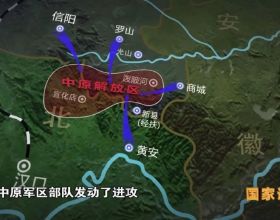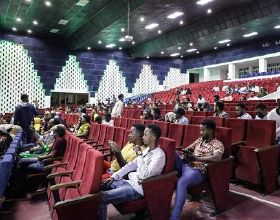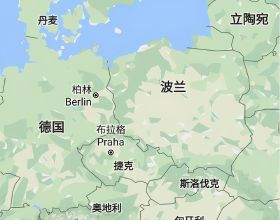國務院日前印發《“十四五”旅遊業發展規劃》(以下簡稱《規劃》)。
2020年5月19日,在浙江省湖州市德清縣鍾管鎮曲溪曲尺灣營地,遊客體驗“七彩飄逸橋”和“空中腳踏車”專案。(圖片來源:新華社)
By 2025, China will have a stronger modern system for the tourism sector integrating cultural development and boasting an improved barrier-free environment and services, according to the circular.
《規劃》指出,到2025年,現代旅遊業體系更加健全。文化和旅遊深度融合。旅遊無障礙環境建設和服務進一步加強。
By 2035, the country aims to become a world tourism powerhouse, with a wider variety of tourist hot spots, including national cultural parks, world-class tourist attractions and resorts, and state-level cities and blocks serving tourism and leisure, it added.
展望2035年,以國家文化公園、世界級旅遊景區和度假區、國家級旅遊休閒城市和街區等為代表的優質旅遊供給更加豐富,基本建成世界旅遊強國。
It involves promoting smart tourism with digital, networked and intelligent scenarios and expanding the application of new technologies in tourism.
加快推進以數字化、網路化、智慧化為特徵的智慧旅遊,擴大新技術場景應用。
Tourism development, the circular said, should pursue harmonious co-existence with nature in steadily building national cultural parks and national parks, protecting historical resources and natural resources.
透過發展旅遊業促進人與自然和諧共生,穩步推進國家文化公園、國家公園建設,打造人文資源和自然資源保護利用高地。
A modern tourism governance system should be in place for handling tourist complaints to safeguard their legitimate rights and interests, emergency responses, as well as prevention and control of major risks from disasters and accidents.
建立現代旅遊治理體系。及時處理遊客投訴舉報,保護廣大遊客合法權益。健全突發事件應對機制,加強災害事故重大風險防範和涉旅突發事件應對。
【相關詞彙】
無接觸旅遊消費 :contactless tourism and consumption
國家文化公園: national cultural parks
鄉村旅遊:village tourism
參考來源:新華社、中國政府網
編輯:Kirsten
來源:中國日報網



















